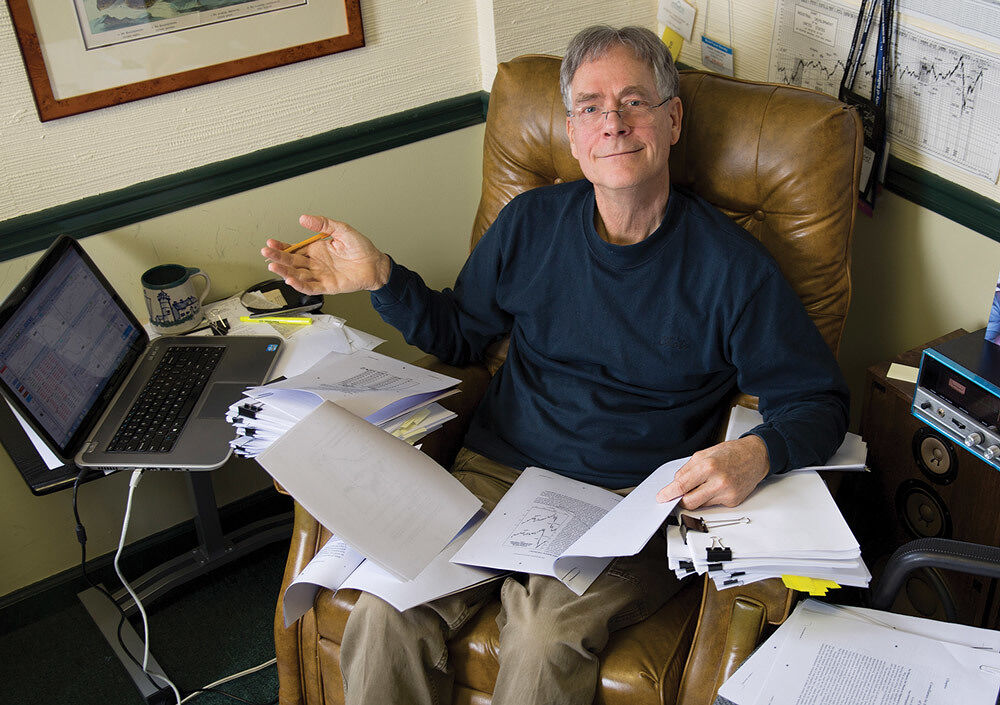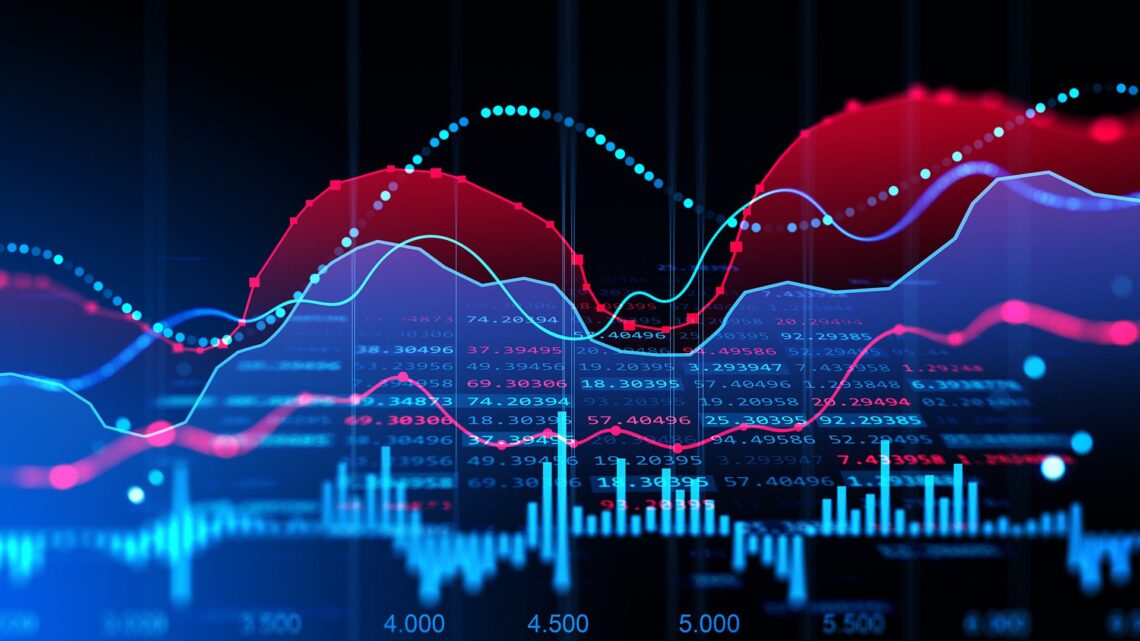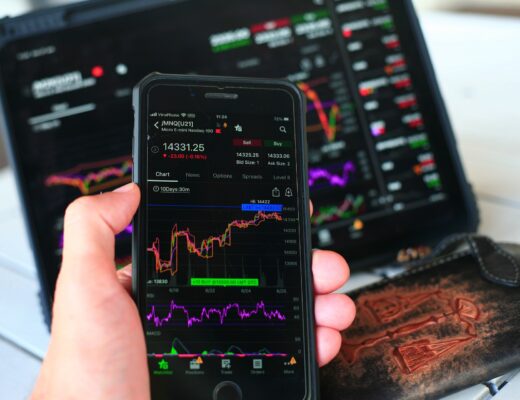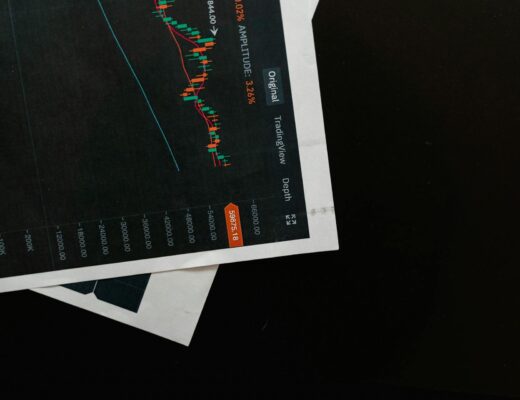Robert Prechter’s theory: an overview of the main formations
Robert Prechter is best known as the author of the theory of social causality. The financier also demonstrated the success of his strategy in practice: his predictions almost always came true down to the last detail. Robert Prechter’s theory produced excellent results in the trading championship. The financier’s score increased by 444%, a record for the event.
Prechter’s strategy is an extension of Elliott Wave theory. According to the author, there is a clear relationship between market price fluctuations and public sentiment. Robert suggested that the mood of society influences economic performance. It is possible to track market behaviour using technical analysis.
Wave Classification, supplemented by Prechter
Traditionally, there are two types of waves: corrective waves and impulse waves. Prechter extended this classification.
According to the type of wave formation, there are:
– motive – figures divided into five waves;
– corrective – divided into three formations.
By function or direction:
– actionary – waves moving in the same direction as the trend;
– reactionary – waves moving against the trend.
Most active formations are moving waves. However, some can be divided into three smaller waves and move in a corrective direction. According to the theory, all counteracting structures develop as corrective structures.
The main characteristic of the driving structures is that the second wave should not deviate more than 100% from the first, and the fourth formation should not fall below the third. In turn, the third structure directs the value above the first peak. However, its size will always exceed the length of the first and fifth structures.
Impulse waves
Moving waves are divided into impulse waves and diagonal triangles waves. The most common type is the impulse, where the fourth formation does not enter the first. Wave extensions can also appear here – elongated in size and with a broad structure. The presence of such formations gives an indication of the length of the following waves.
Diagonal triangles
The figure shows signs of correction and impulse changes. Such triangles are characterised by a unique five-wave structure when the fourth wave completes the first.
In addition to describing the various formations, the theory provides information on the value at which the bear market begins to reverse. Its main sign is the appearance of a correction, especially when it occurs within the fourth wave. Most often, there is a pullback to the level of the previous fourth formation, but at a lower level.










